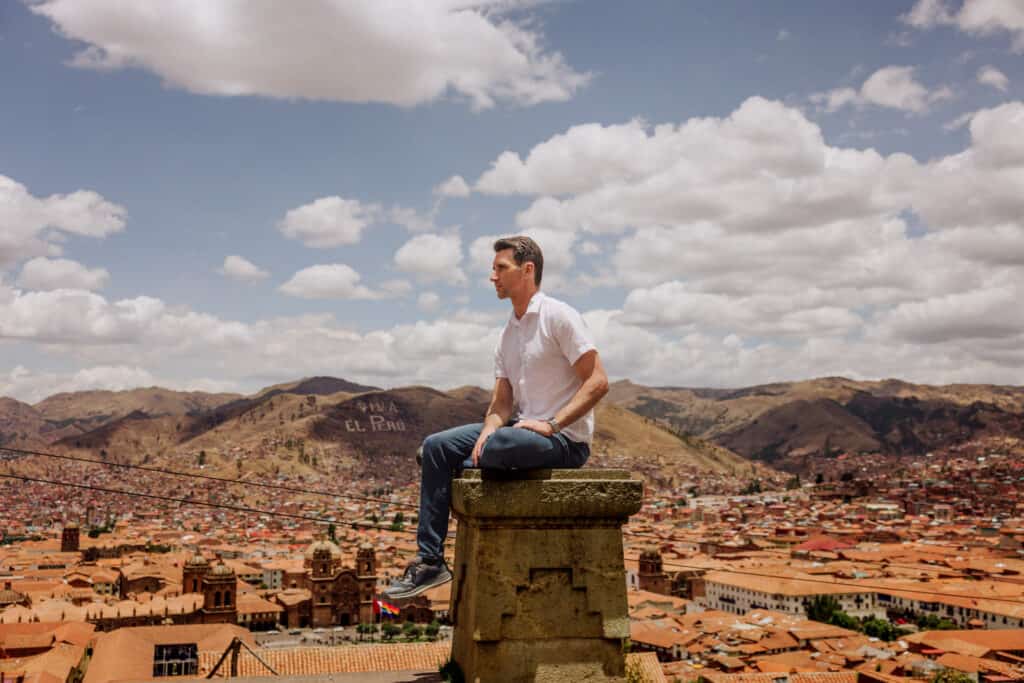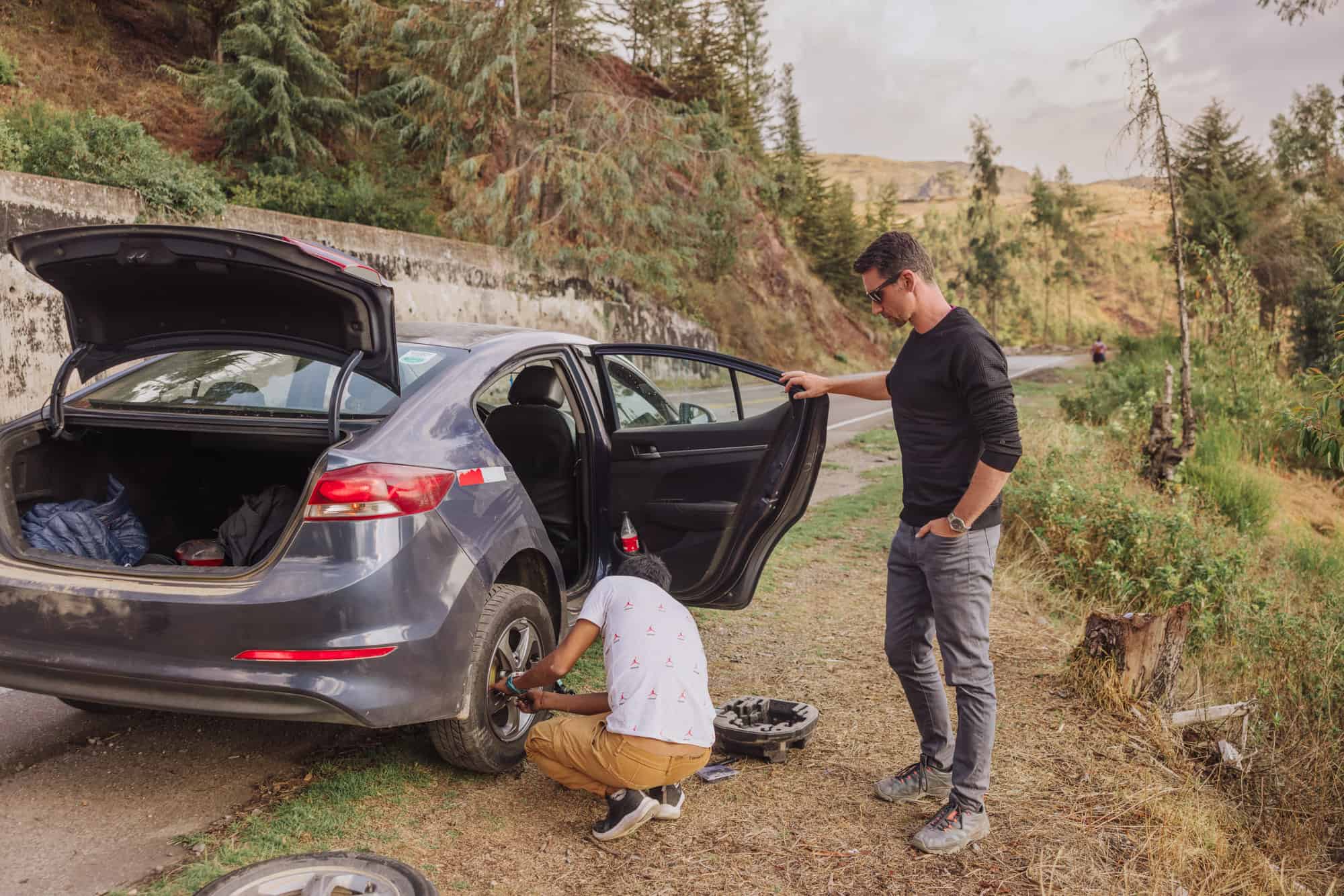Renting a Car in Peru? Here are 12 Reasons NOT to Drive in Cusco

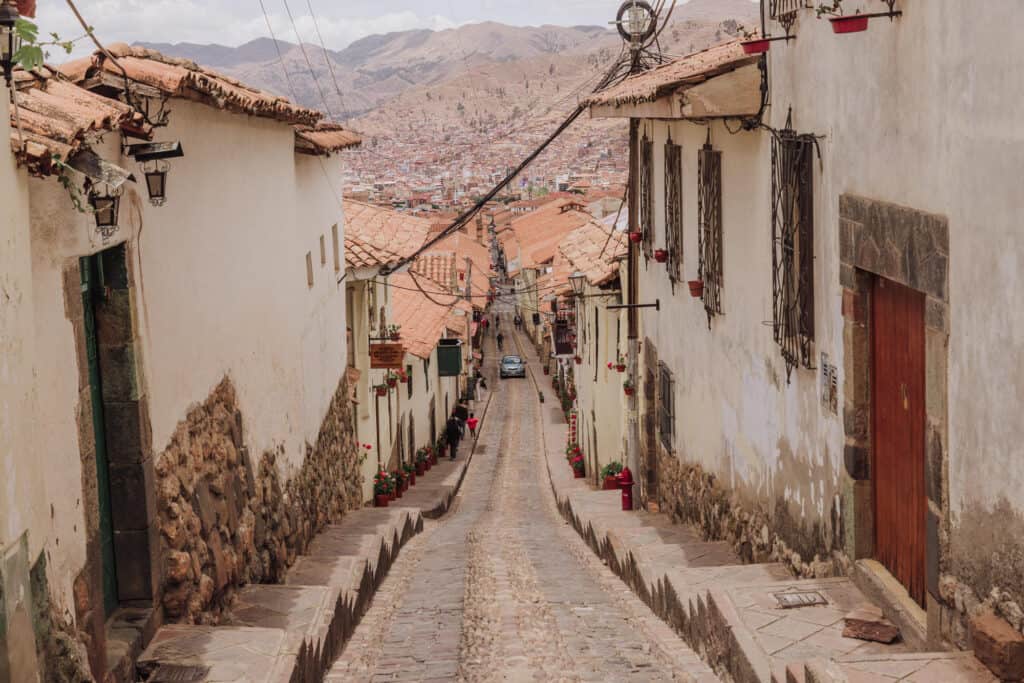
BY JARED DILLINGHAM
I drive in a lot of countries around the world, more as a matter of efficiency than from enjoyment.
I do not drive in Peru!
The rough roads, confusing routes, and farm animals are just the beginning.
If you’re wondering about renting a car and driving, I’d say it’s a good idea only if you have no set schedule, don’t mind getting lost, and plan to travel long distances around Peru over a month or more.
If you’re just going to explore the beautiful Cusco region, it’s much more efficient (and safer) to hire drivers along the way!
1. Drivers are Inexpensive
Uber works well in Peru, and you can find cars available at all times of the day and night (for those early morning flights).
When it comes to hiring a driver, here’s a good option:
Our driver, Marco, is always quick to organize rides.
- His email is: info@taxisencusco.
- His WhatsApp is : +51 914 391 285
- He doesn’t speak English, so have a translator ready.
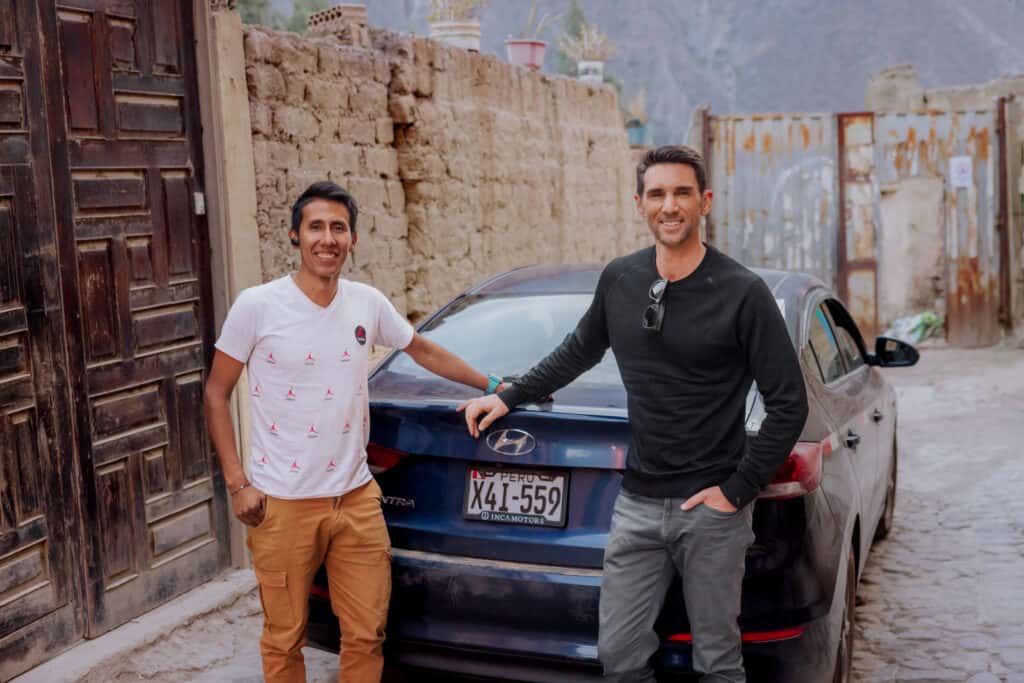
2. You Can’t Drive to Machu Picchu
Even if you rented a car in Cusco to drive around Peru, you cannot drive to Machu Picchu.
You can’t even drive to Aguas Calientes, the ‘gateway’ to Machu Picchu. There are no roads!
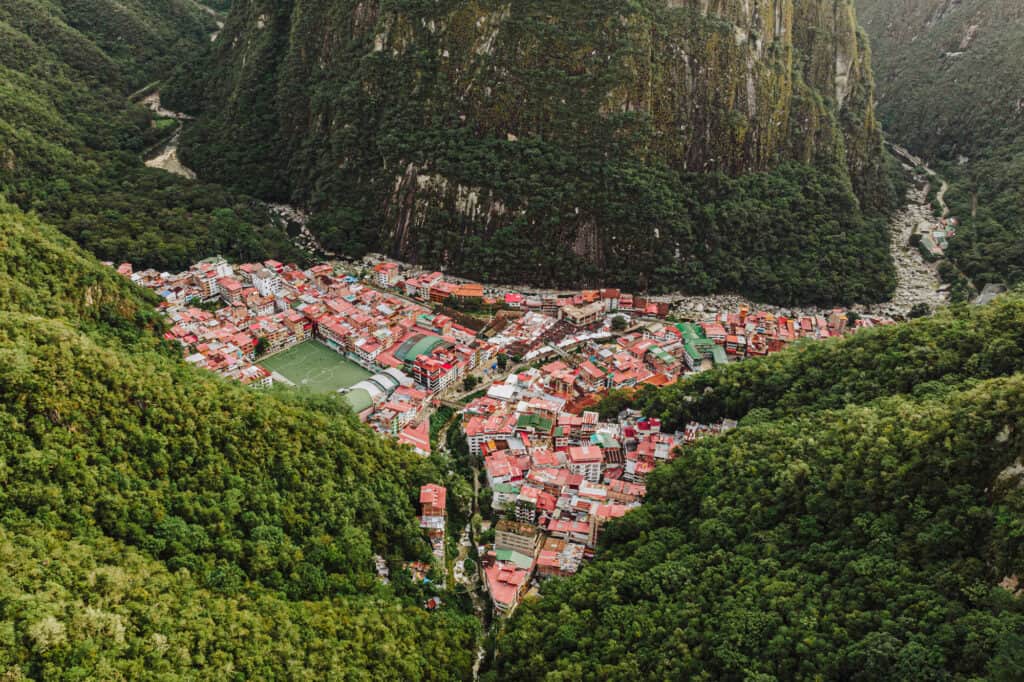
Machu Picchu is a UNESCO World Heritage Site and is protected to preserve its cultural and natural significance. To limit environmental impact, private vehicles are not allowed near the ruins.
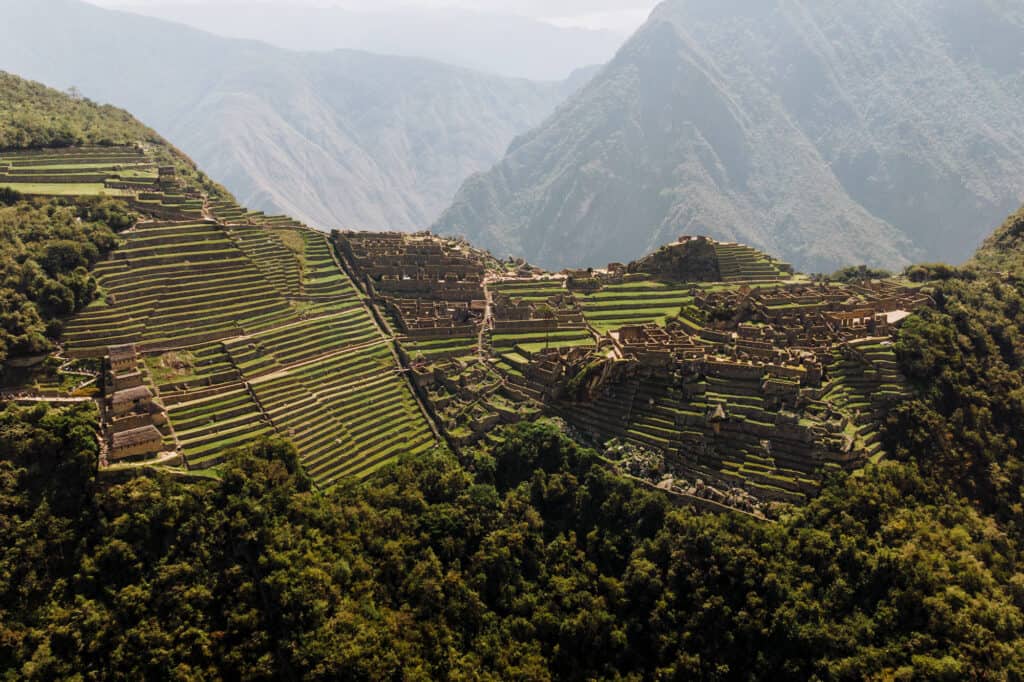
You’ll take a train from Cusco or Ollantaytambo to Aguas Calientes. From there, you can hike up to Machu Picchu or take a bus shuttle that winds up the mountain to the archaeological site.
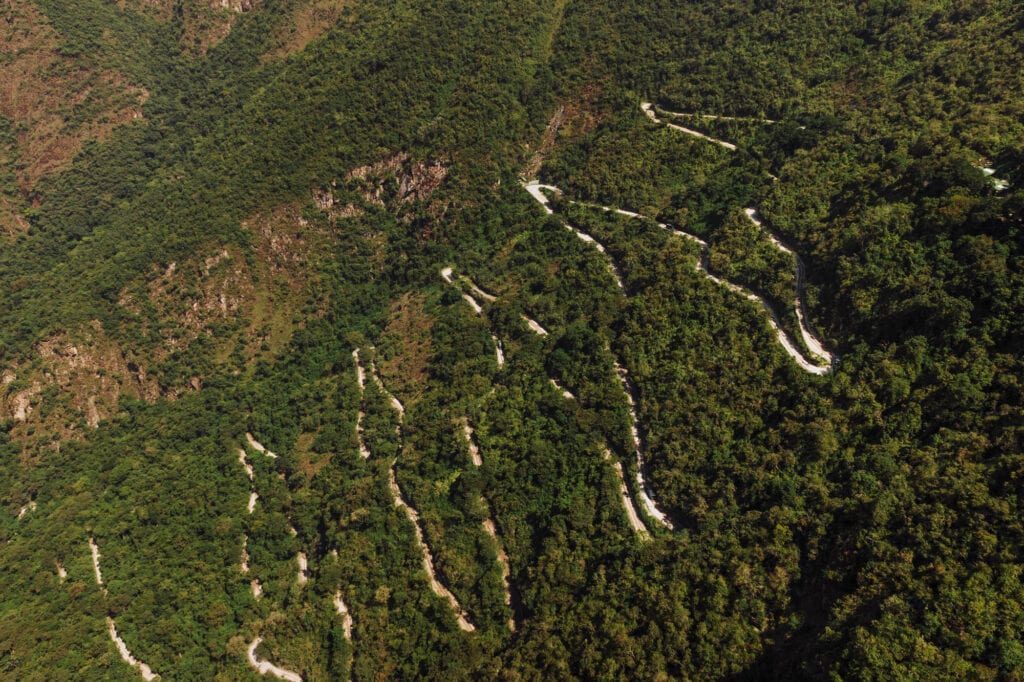
3. Poor Signage in Cities & Rural Areas
Navigating through Peru’s city streets can be overwhelming and stressful, especially for tourists who aren’t familiar with the rules of the road.
A lot of the streets don’t have signs at all.
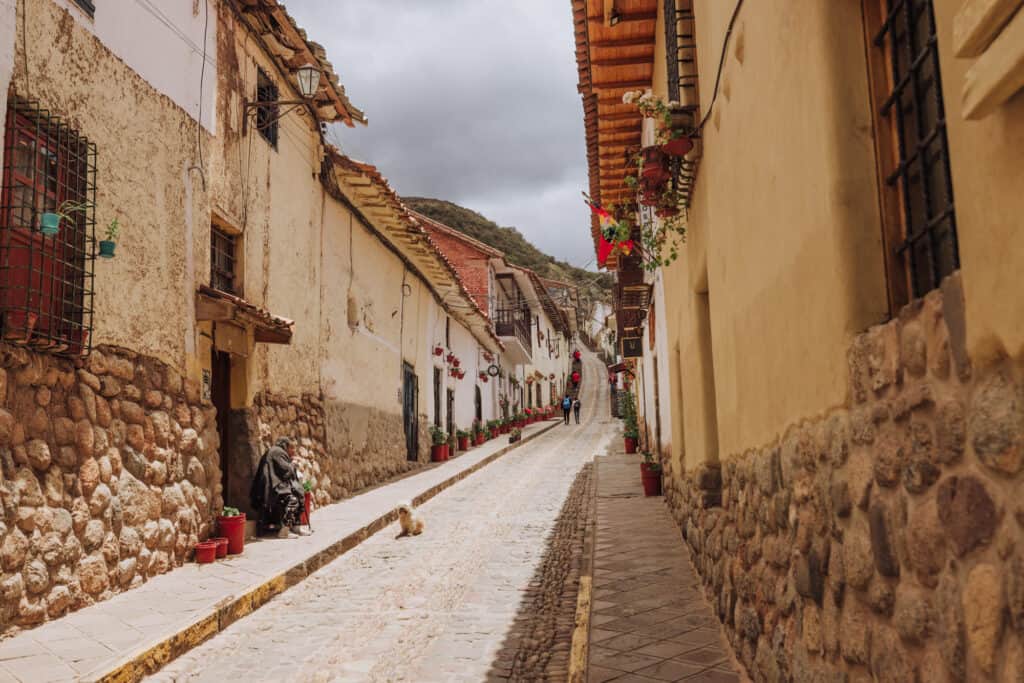
Efforts are underway by the Peruvian government to improve the roads and infrastructure, along with signage across the country.
But you’ll still arrive in small towns that have no markings on the streets.
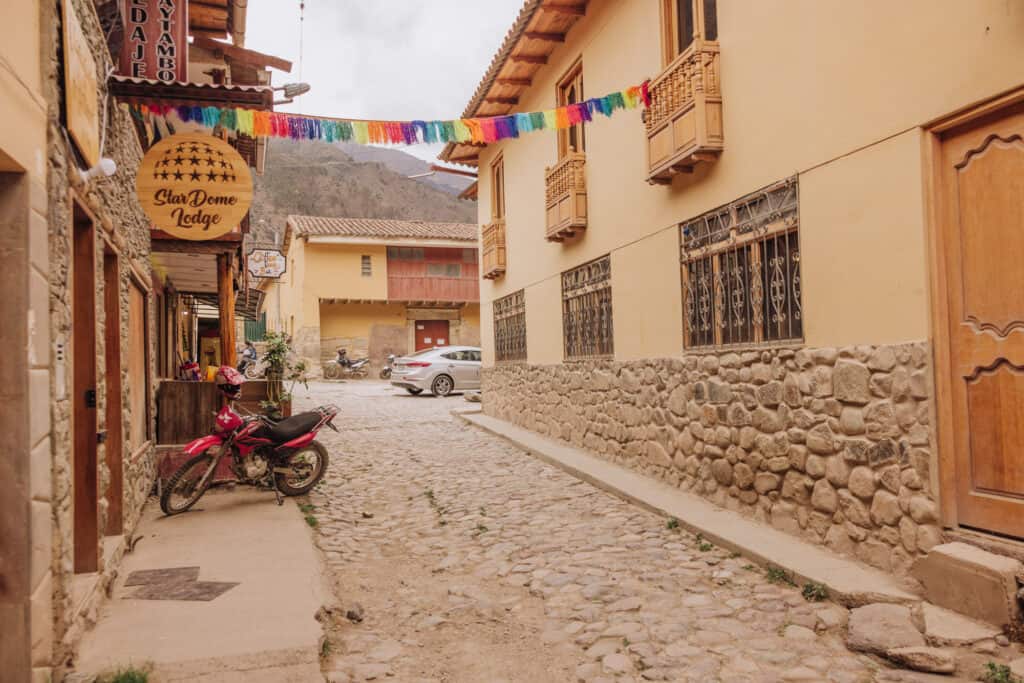
In the more rural areas, there are no signs at all. You’ll be on rough dirt roads which likely won’t have any markings.
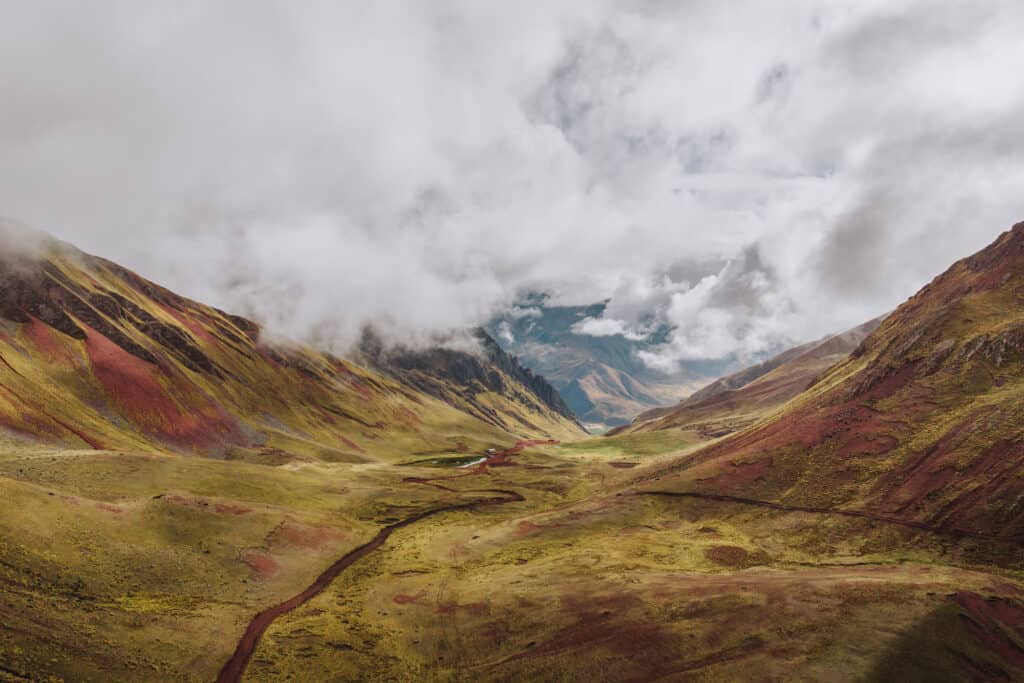
4. Poor Cell Service
You’ll have a decent signal in the cities and bigger towns, but you’re likely to lose cell service at many of the destinations you’ll want to visit.
Driving yourself around a foreign country without reliable cell service is a major challenge.
5. Landslides in the Rainy Season
Landslides and mudslides are not uncommon in Peru, particularly during the rainy season, which typically runs from December into March in the Cusco region.
They often lead to road closures, especially in mountainous areas and along routes to popular tourist destinations.
Once on the way to Rainbow Mountain in January, we came across a landslide in the dark which our driver thankfully knew about beforehand.
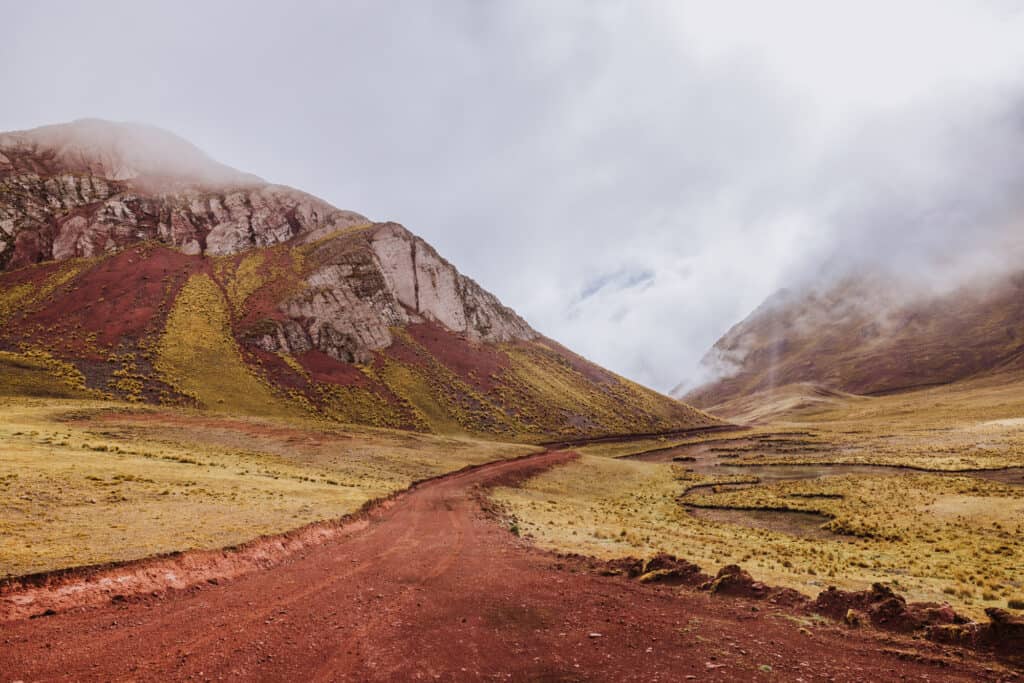
These photos are from the same region, along the road to Pallay Punchu (known as the “New” Rainbow Mountain).
You can see, streams literally run across the dirt road in spots.
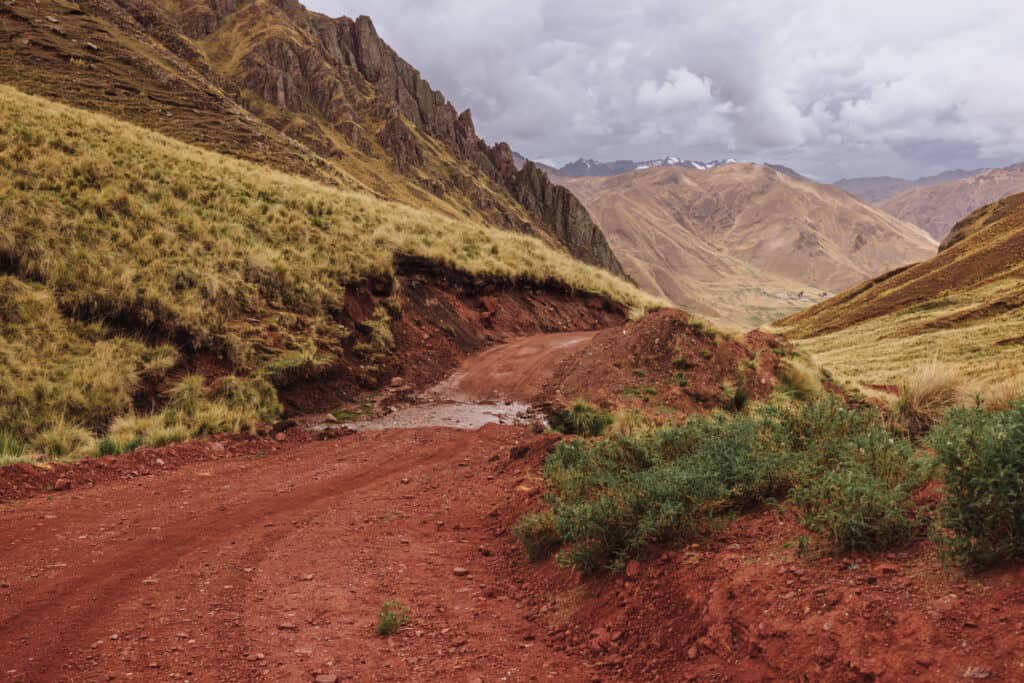
6. Lots of Single Lane Roads
Building wider roads can be challenging due to the steep slopes and rugged landscapes, plus it’s not always environmentally friendly.
So the roads to many of the most popular tourist destinations in Peru are often narrow and single-lane.
One example is the dirt road to Humantay Lake. You’ll be sharing the narrow road with larger tour buses and horses, too.
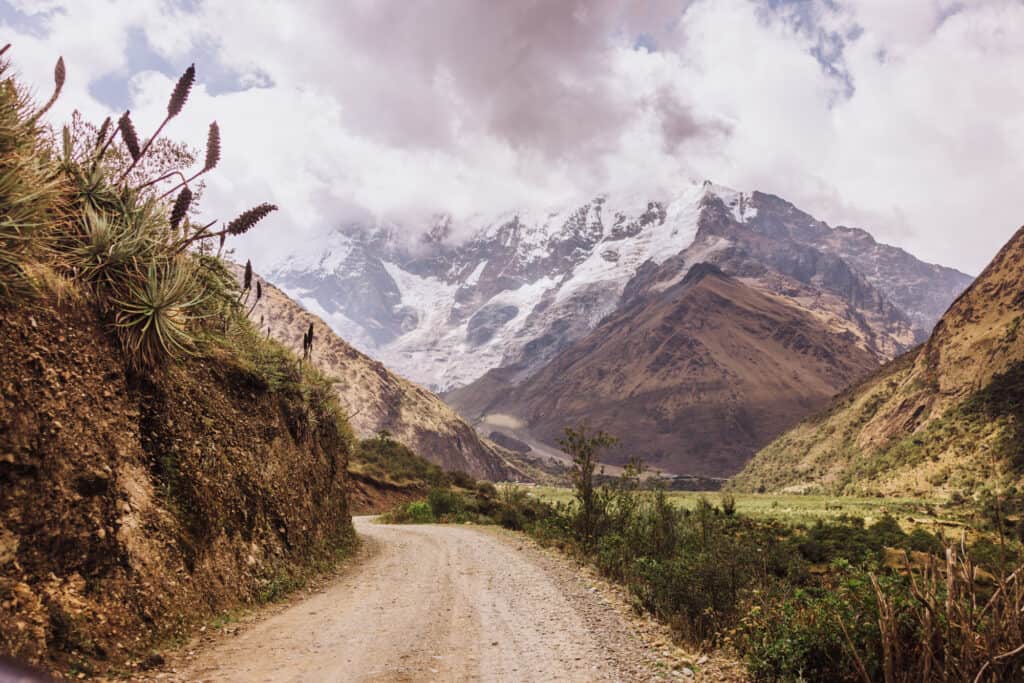
7. Construction Closures & Debris
There are major road construction projects going on in parts of Peru.
We drove through one near Mollepata, and the workers had screws all over the road (which led to the situation below).
Beyond the debris, local drivers tend to be much more in-tune with closures (which can last hours) and detours.
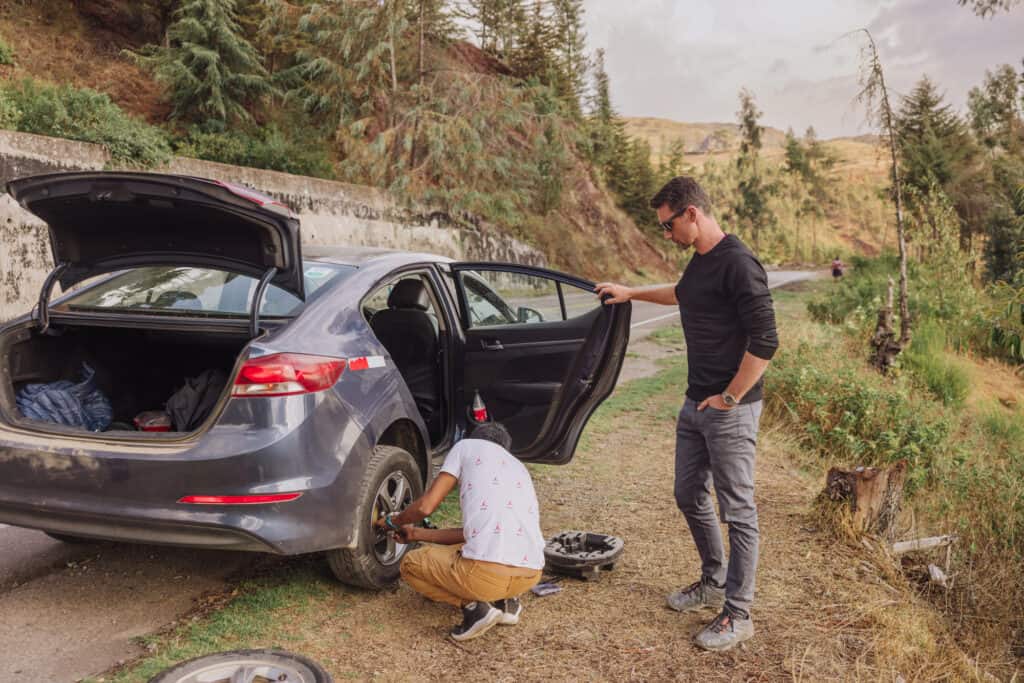
8. The Switchbacks
Since many of the top destinations are in the mountain ranges, the narrow dirt roads often zigzag up the hills. The hairpin turns below are one example, near Moray.
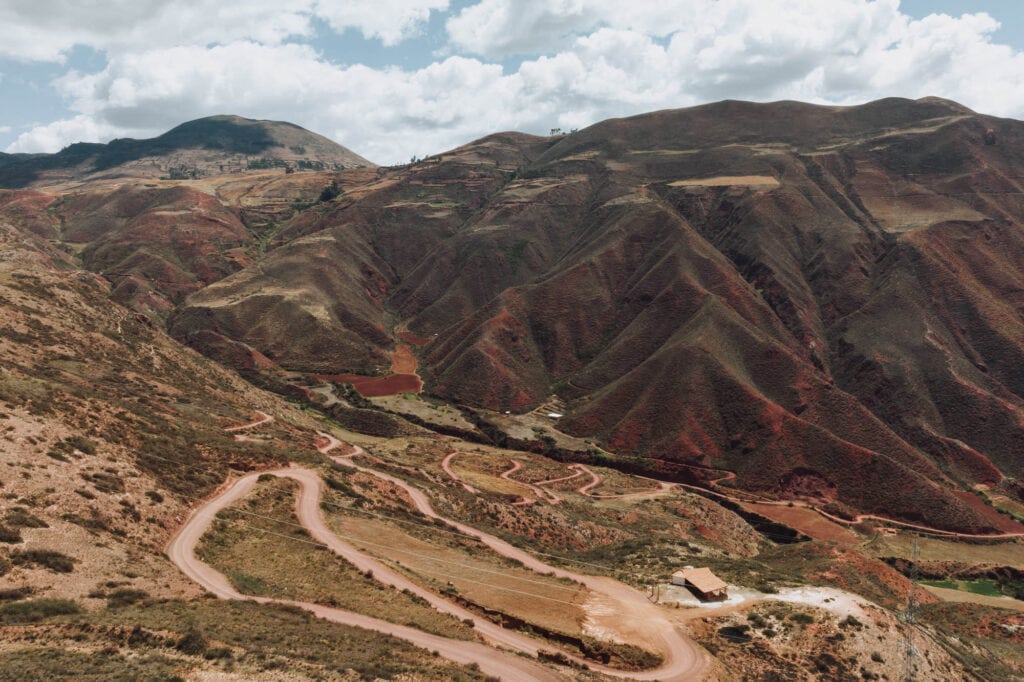
9. The Dogs
The towns in Peru, large and small, have a lot of dogs running around. They’re very friendly and cute, but they do pose hazards on the roads.

10. The Grazers
Driving around the Cusco region, you’ll see all kinds of farm life on the roads.

From sheep to llamas to alpacas, they often graze freely, without fences to keep them corralled.
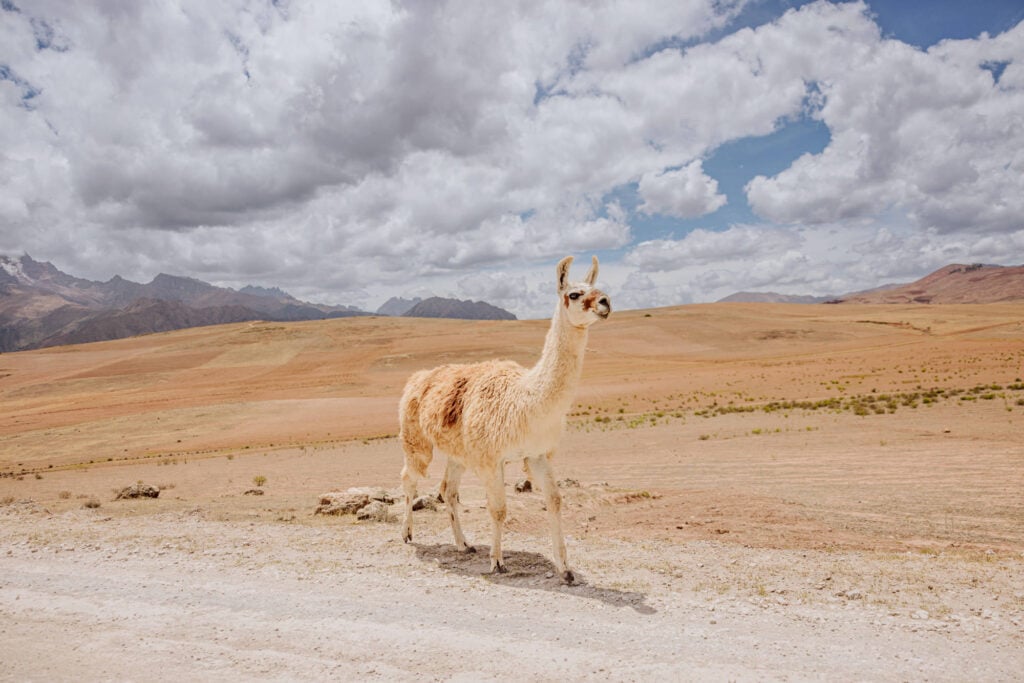
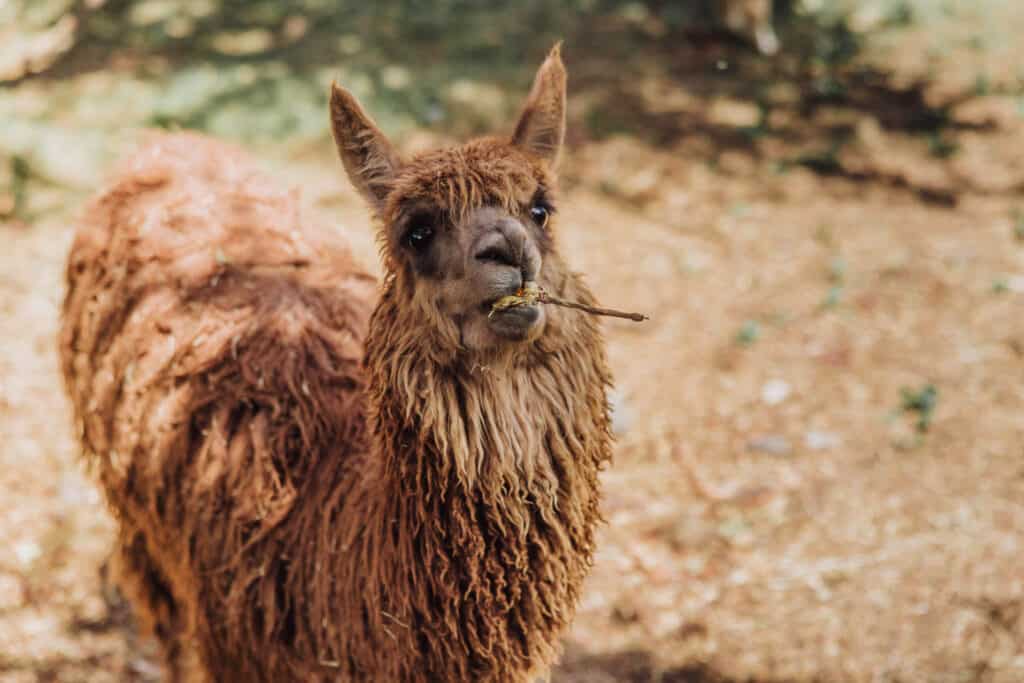
11. The Horses
I mentioned earlier, you’ll also encounter working animals on the roads, in addition to tourist vans and construction trucks. They really slow things down!
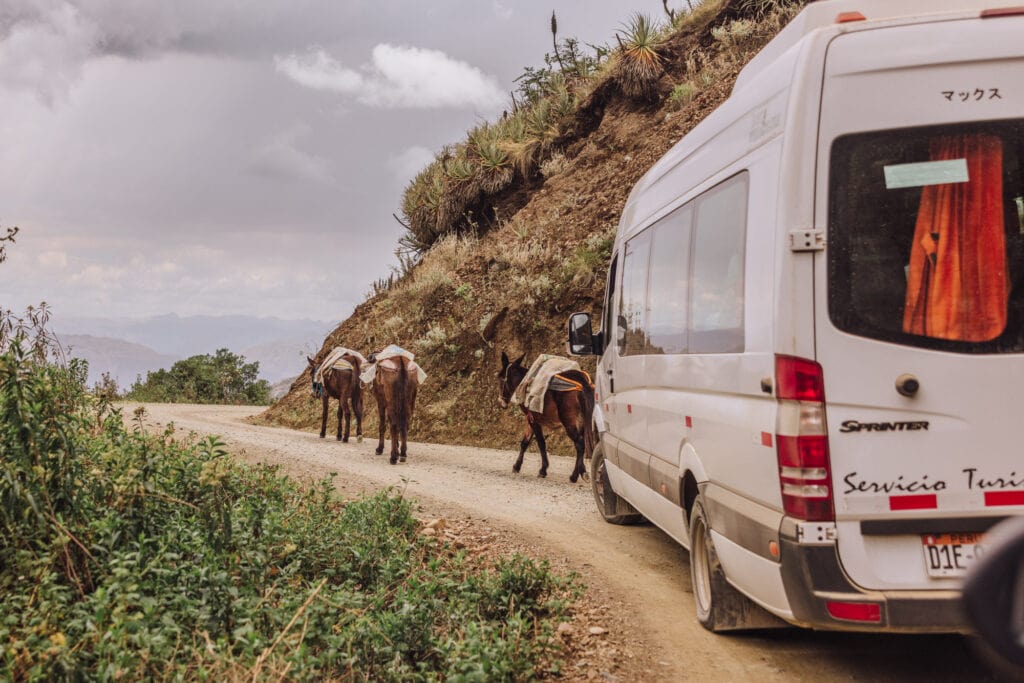
12. Lack of Parking in Destinations
In towns you’d like to visit in Peru, like Ollantaytambo below, you might not find any place to park your rented car.
The streets are narrow, and definitely not lined with longterm parking spots.
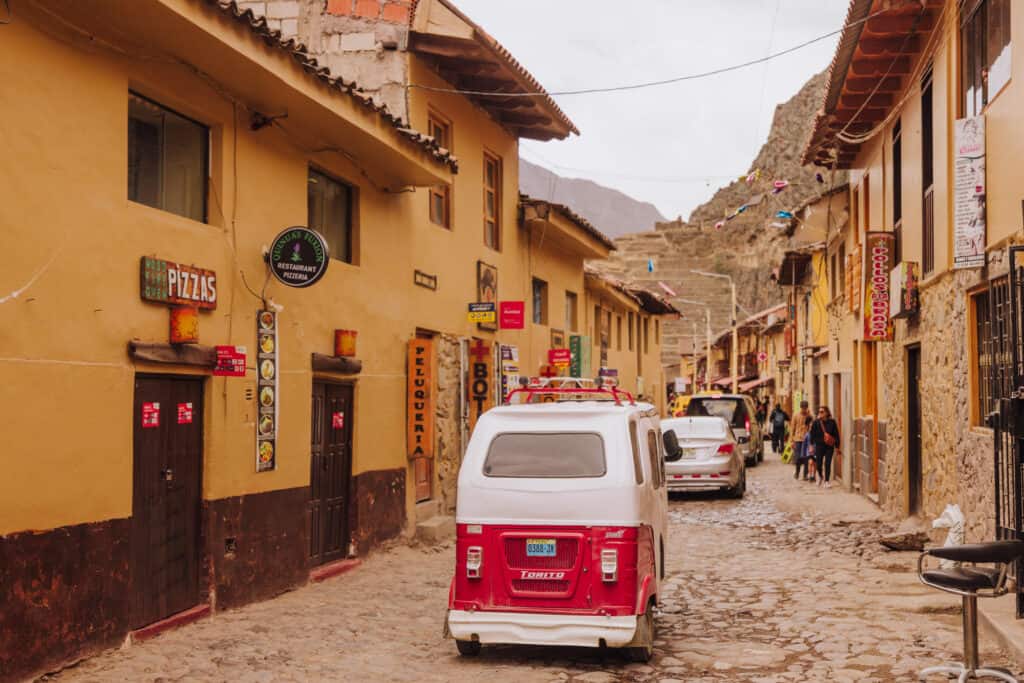
13. Blind Corners in Towns
The small towns you’ll have to wind through while driving in Peru seem to have a lot of blind corners and uncontrolled intersections.
Local drivers know where they are, and how to handle them.
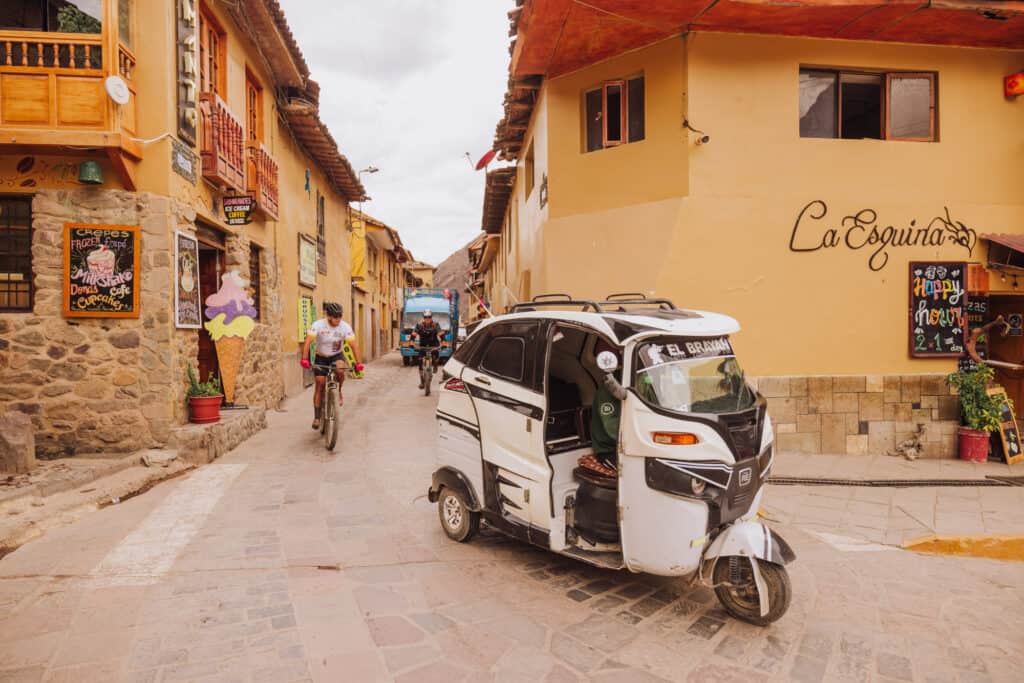
14. Confusing Lights at City Intersections
In Cusco, traffic can be heavy or light, but I found some of the traffic signals confusing.
I’d definitely rather be in an Uber than behind the wheel driving around Cusco.
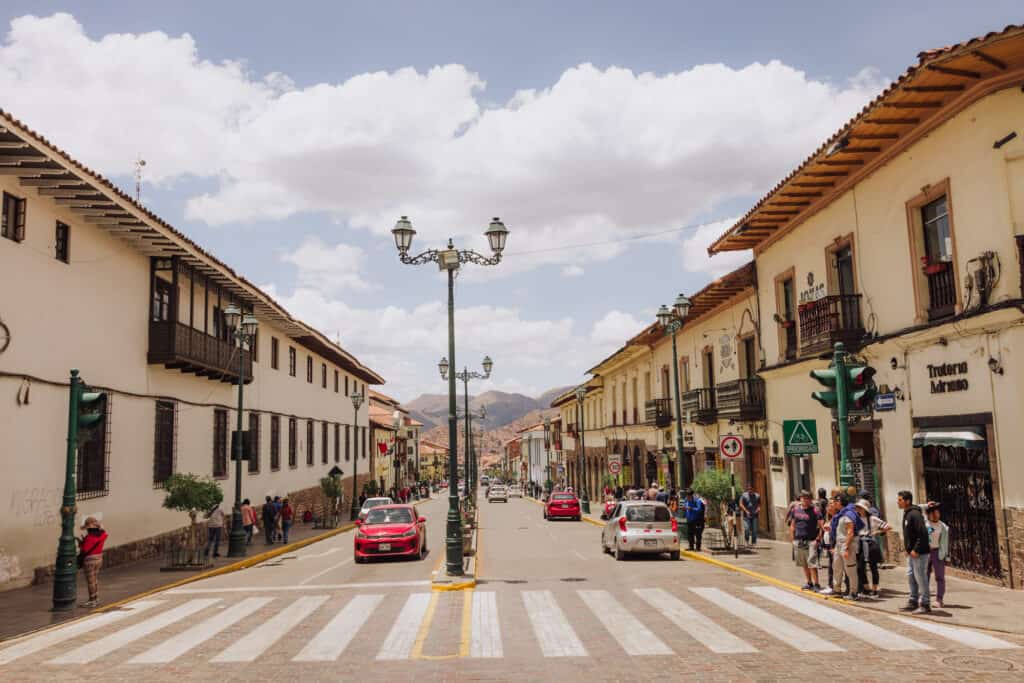
15. Lack of Guardrails on Cliffs
The parking lot below is at the salt mines of Maras, near Cusco.
While you can drive yourself there, look at the number of tour buses (and large salt trucks) that will be sharing the narrow road with you.
You can also see: there are no guardrails along the road, which drops off into the valley below.
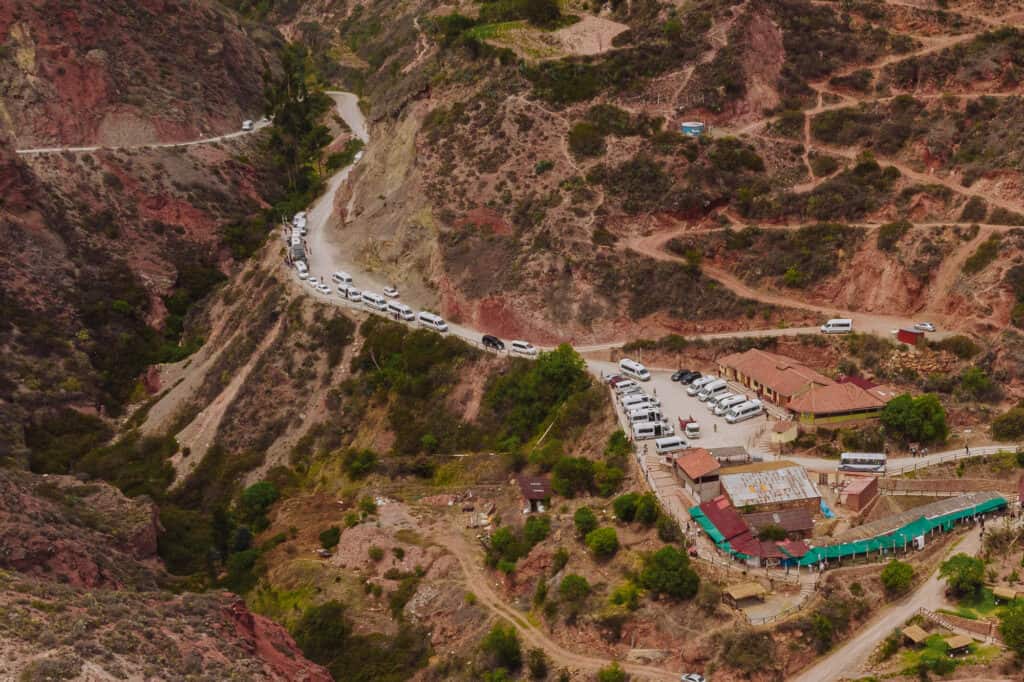
16. Buses and Trains are Easy to Use
Peru has an extensive network of buses, trains, and taxis that can efficiently connect tourists to major attractions.
Relying on these options might be more cost-effective and less stressful than driving.
As I mentioned: you *have to take the train to Machu Picchu. You cannot drive yourself.
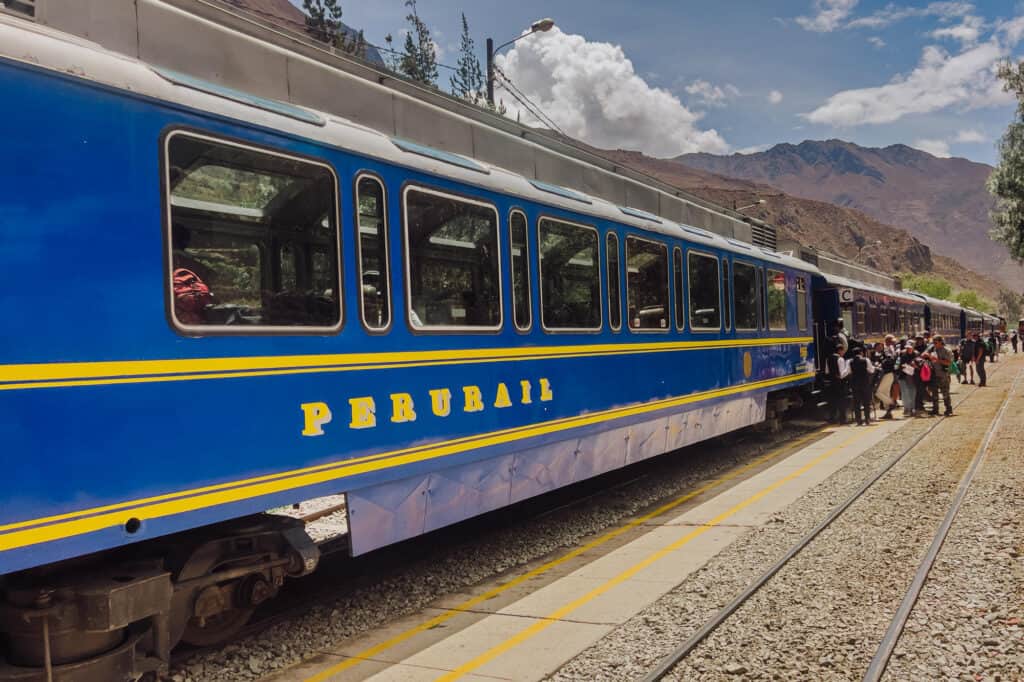
17. Environmental Impact
The Peruvian government is more often emphasizing sustainability these days.
Opting for public transportation and shared rides, rather than a rental car, contributes to minimizing the environmental impact.
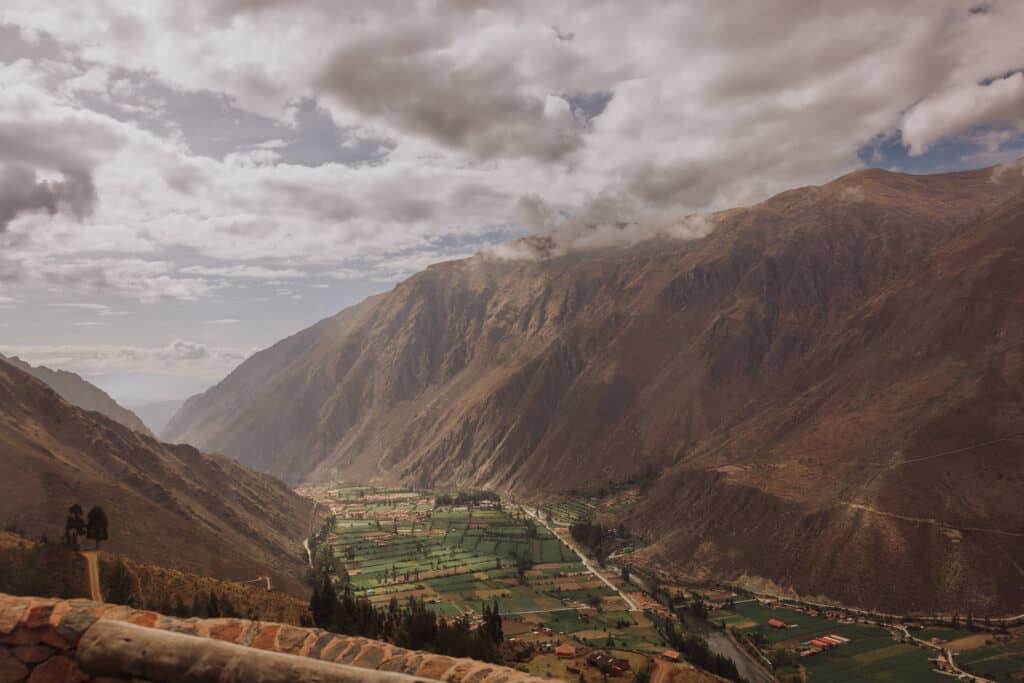
Wrap: Why I DON’T Drive in Peru
This is *not* a knock on Peru. It’s more of a realistic view of my own shortcomings as a foreign driver. In many countries it makes sense to rent a car and drive yourself. For me, Peru is not one of those places.
Navigating unfamiliar roads and dealing with unexpected conditions can really take away from the whole experience.
Of the one million people living in Cusco, 75% of them are directly or indirectly connected to the tourism sector.
There’s so much to see and do in Peru that it’s just much easier to have a knowledgeable local driver handle the logistics and transportation so you can focus on your destinations!
